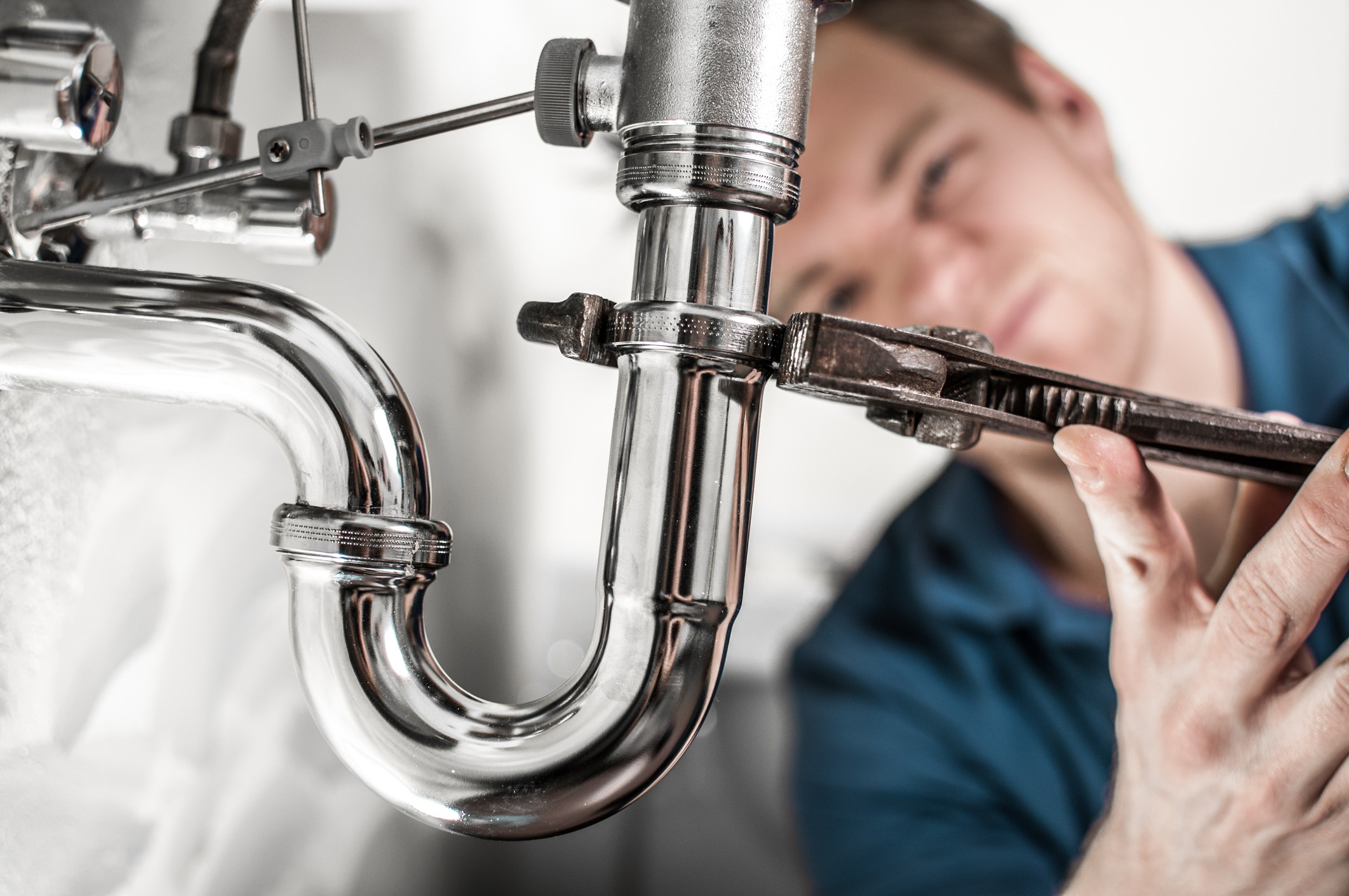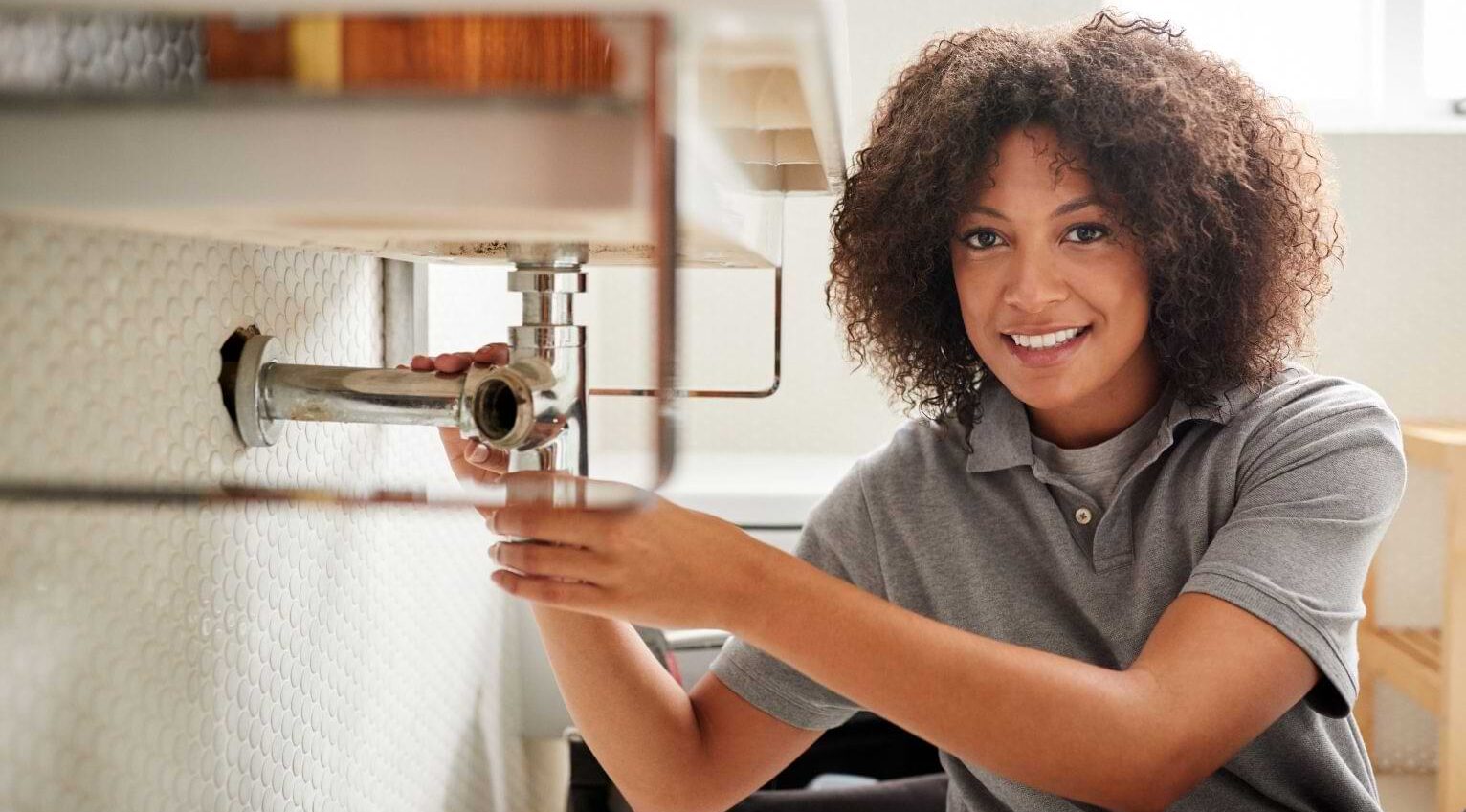A Detailed Overview to Reliable Hot Water Heater Installation for Optimum Efficiency
Embarking on the job of mounting a hot water heater is a venture that demands precision and a systematic approach for attaining optimum performance. The procedure starts with the crucial choice of picking the proper heating unit tailored to the details demands of your house, taking into consideration elements such as energy, dimension, and kind source. Once picked, preparing the installment area to fulfill security standards is extremely important. The journey does not end below. As you proceed, the details of linking supply of water lines and establishing dependable electric or gas connections wait for, promising understandings right into guaranteeing performance and reliability.
Choosing the Right Hot Water Heater

Next, consider the dimension and capability of the water heating system. It's crucial to examine your household's hot water demands, which can differ based upon the variety of residents and their usage patterns. An unit that's as well little might cause not enough warm water, while an extra-large version may result in unnecessary energy consumption.
Effectiveness scores likewise play a crucial role in selection. Search for hot water heater with high Energy Aspect (EF) scores, suggesting premium efficiency and minimized power use. Tankless models, though generally more pricey in advance, deal considerable power cost savings in time because of their on-demand heating capabilities.
Preparing the Installment Location
Before installing a new water heating system, careful preparation of the setup location is vital. It's essential to gauge the area thoroughly to suit the water heating unit's measurements, guaranteeing ample clearance around the system for reliable operation and maintenance.
Following, remove any kind of debris, dust, or blockages from the website to create a clean setting. Check the flooring for stability, as the hot water heater will certainly require a solid, level surface to operate properly. If necessary, install a drip pan underneath the device to capture possible leakages or spills, avoiding water damage to the surrounding area. In regions vulnerable to seismic task, take into consideration mounting seismic bands to safeguard the heater firmly in place.
In addition, guarantee that all needed devices and products get on hand prior to commencing the installation. This includes things such as wrenches, screwdrivers, a degree, and any additional hardware needed for securing the heater and installing. A well-prepared installation area establishes the structure for an effective water heating unit configuration, enhancing performance and safety.
Connecting Supply Of Water Lines
When linking supply of water lines to your recently set up hot water heater, it is essential to make certain that all links are protected and leak-free to keep effective procedure and stop water damage. Begin by identifying the chilly and hot water supply lines. The cool water inlet is commonly noted with a blue label or a "C", while the warm water outlet is noted with a red label or an "H".
Use versatile water heating system adapters to facilitate a much easier installment procedure. Before attaching the connectors, place a plumber's tape around the threaded ends of the water heating system's inlet and outlet pipes.
When links remain in place, slowly switch on the main supply of water valve. Check each connection for leaks by visually feeling and checking for moisture. Tighten up links as essential, and ensure the stress relief shutoff is appropriately mounted, protecting versus too much pressure build-up.
Setting Up Electrical or Gas Links
Correctly setting up the electrical or gas links for your hot water heater is a crucial step to ensure reliable and risk-free operation. For electric water heaters, start by validating that the electric circuit is compatible with the heating unit's voltage and amperage demands. Guarantee the power supply is turned off at the circuit breaker to stop accidents. Attach the electrical wires to the heating system adhering to the maker's wiring diagram. Normally, this includes connecting the ground wire to the environment-friendly terminal, and the staying wires to their equivalent terminals, protecting each with wire nuts.
For gas hot water heater, safety and security is vital. Confirm that the gas supply is off prior to proceeding. Link the gas line to the water heater utilizing a flexible gas adapter, ensuring it is effectively threaded and sealed with pipeline joint compound or Teflon tape appropriate for gas connections. Tighten the links with a wrench, making sure not to over-tighten (Plumbing Services Alabaster AL).
When connections are made, evaluate for any prospective leakages. For gas lines, apply a soapy water service to the joints; bubbles suggest a leakage. For electrical links, confirm that all circuitry is safe and secure and correctly protected, keeping compliance with local electrical codes.
Changing and checking for Performance
With the electric and gas links firmly in position, the following action is evaluating the operational efficiency of your hot water heater. Begin by thoroughly activating the water system and making sure there are no leakages at any one of the shutoffs or joints. As soon as verified, proceed to fill up the storage tank, taking note of the pressure and temperature setups. It is suggested to establish the thermostat to a recommended temperature of around 120 ° F(49 ° C) to stabilize power performance and convenience.
Following, do a comprehensive inspection to ensure the burner or gas heaters are operating properly. For electrical heating systems, use a multimeter to validate if the components are attracting the suitable current. In gas models, observe the burner fire; it needs to be consistent and blue, suggesting efficient burning.
Adjust the setups as required to remove ineffectiveness. Consider implementing insulation actions, such as adding a water heating system blanket, to further improve efficiency by decreasing heat loss. In addition, check the anode pole's problem, as a scrubby rod can review minimize efficiency and cause container rust.
Verdict
Efficient water heater installation is important for making certain ideal efficiency and power cost savings. Firmly attaching water supply lines and meticulously establishing up electric or gas links decrease possible concerns.

Correctly setting Check Out Your URL up the electric or gas links for your water heating unit is an essential action to make certain reliable and safe procedure. For electrical water heaters, begin by verifying that the electric circuit is suitable with the heater's voltage and amperage needs. Connect the gas line to the water heating system making use of a flexible gas connector, guaranteeing it is properly threaded and secured with pipeline joint substance or Teflon tape appropriate for gas connections.